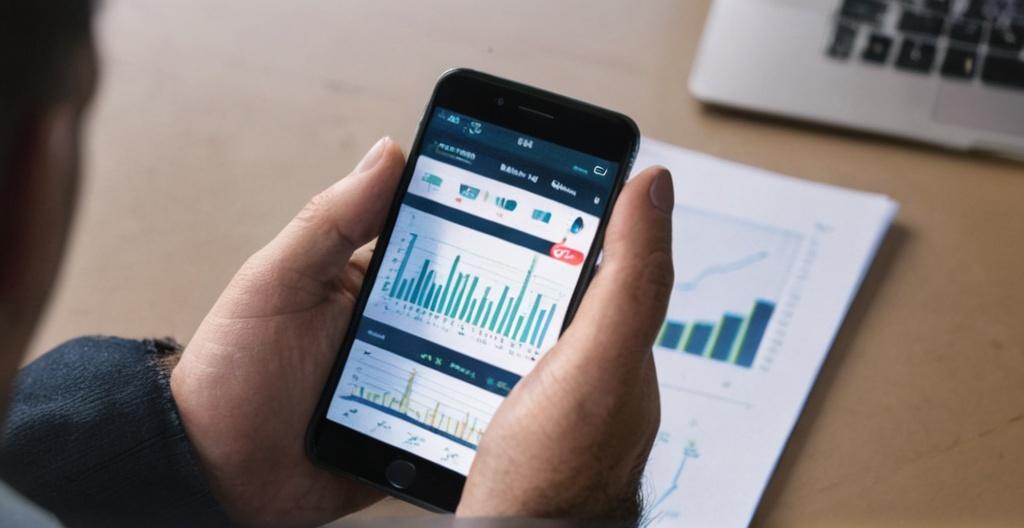Key Take Aways About AML Screening Tools and Technology
- AML screening tools are essential for preventing money laundering in the financial system.
- They work by matching customer data against watchlists to identify risk entities.
- Accuracy and speed are crucial to avoid false positives and unnecessary transaction delays.
- Challenges include high false positive rates and dependence on data quality.
- Regulatory compliance is vital, with ongoing updates from regulators.
- There is a variety of AML tech options, often using AI to enhance detection capabilities.
- AML tools are increasingly important for banks and cryptocurrency exchanges.
- Future advancements in AI and blockchain could improve effectiveness.

Introduction to AML Screening Tools
In the financial world, Anti-Money Laundering (AML) is more than just a set of fancy words tossed around compliance meetings. It’s the bedrock that keeps dirty money from creeping into the financial system. With technology running the show, the tools for AML screening have become a necessary topic for anyone dabbling in trading and finance. Ignore them at your peril!
AML screening tools aim to identify and mitigate the risks of money laundering by screening customer data against various watchlists, which include sanctioned individuals, politically exposed persons (PEPs), and other risk entities. These tools are not just ticking boxes—they’re about keeping things squeaky clean while making sure no one’s slipping under the radar.
The Nuts and Bolts of AML Screening Tools
Let’s chat about how these tools work without getting lost in techno-babble. At the heart of it, AML screening tools use algorithms to match customer data against watchlists. Picture it like those puzzles where you match shapes—except here, you’re matching names and details.
They’re programmed to look for a variety of characteristics, including name, date of birth, and other identifiers. If it sounds like playing detective, you’re pretty much spot on. If there’s a match, it flags it for further investigation. No Sherlock Holmes required, just some savvy tech.
The Need for Accuracy and Speed
Trading folks and financial institutions know that time is money. So, having fast and accurate AML screening tools isn’t just beneficial—it’s vital. These tools need to weed out false positives quickly. Why? Because chasing down false leads is a waste of valuable resources. Imagine chasing shadows instead of real suspects. No one has time for that.
Accuracy ensures that legitimate transactions aren’t held up unnecessarily. Imagine a legit big-money trade being held up because someone somewhere has the same name as a celebrity villain. That’s a party no one wants to gatecrash.
Challenges in AML Screening
While these tools are pretty nifty, they’re not without their flaws. The biggest headache is the false positive rate. These tools can sometimes go a bit overboard, flagging individuals who aren’t really the bad guys. It’s like getting pulled over for a minor traffic violation when you’re late to a meeting. Annoying, right?
Moreover, they rely heavily on the quality of the data provided. Garbage in, garbage out. If the data they cross-reference isn’t up to scratch, false positives and negatives can slip through. It’s a bit like trying to spot a fake Picasso with foggy glasses.
Compliance and Regulatory Pressure
Regulatory bodies don’t mess around when it comes to AML. Financial institutions have to adhere to strict guidelines, and failure to comply can result in heavy fines. Nobody wants that angry letter in their mailbox. Ensuring that AML screening tools remain compliant with local and international laws is crucial.
Regulators constantly update watchlists and tweak guidelines, so these tools need to be updated regularly. Staying on top of this is like following a soap opera plot—it twists and turns, and you have to pay attention.
Tech Options: What’s Out There?
There’s a buffet of AML screening products on the market, ranging from simple software solutions to complex systems backed by artificial intelligence. Some companies prefer to build in-house solutions, while others rely on third-party vendors. It’s like choosing between cooking at home or ordering takeout.
These tools often feature machine learning capabilities to improve accuracy and reduce false positives. With AI, it’s like teaching the tool to become a better detective over time. Pretty smart, if you ask me.
Real-World Use Cases
Consider a bank handling international wire transfers. They use AML screening tools to check the sender and recipient against global sanction lists. If a match appears, the transaction gets flagged—kind of like when your credit card gets declined because you tried to buy something dodgy online.
Then there’s cryptocurrency exchanges. With the rise of digital currencies, these platforms need robust AML tools to ensure they aren’t becoming laundromats for illegal money. Watching “Breaking Bad” might give you insights, but these tools are the real deal.
The Future of AML Technology
As the financial landscape evolves, so will AML screening tools. Advances in AI and blockchain could enhance their effectiveness and efficiency. Imagine a tool that analyzes transaction patterns and predicts potential money-laundering activities before they happen. It’s almost like having a crystal ball, but way cooler.
In conclusion, while AML screening tools are indispensable, they’re not without flaws. Balancing speed, accuracy, and compliance is like juggling flaming swords—not for the faint-hearted. But for financial institutions, getting it right is non-negotiable. So, next time you hear about AML, know it’s not just about paperwork—it’s about keeping the financial world honest.